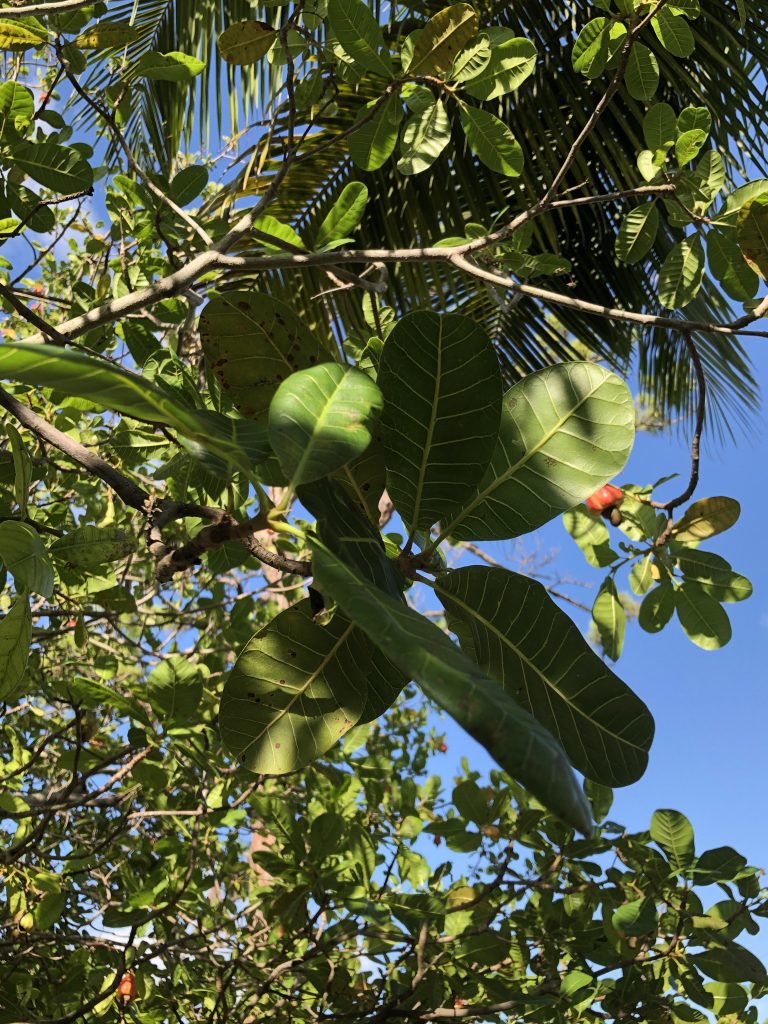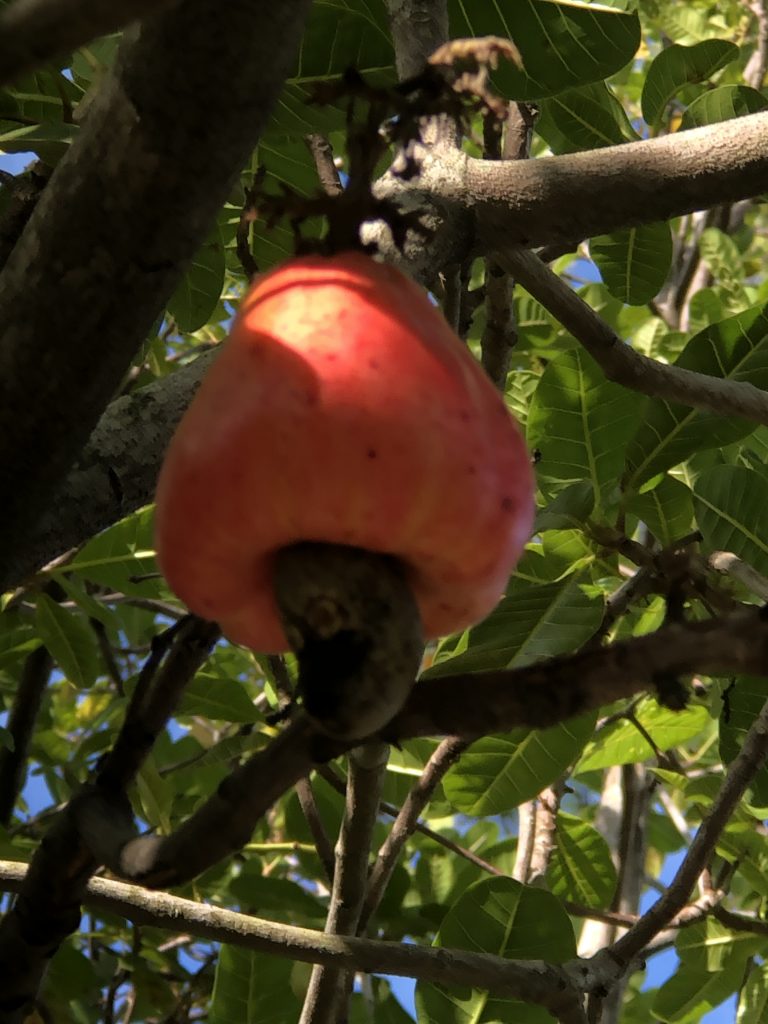27 July 2023
3:36 am. Newton’s third law of motion: for every action there is an equal and opposite reaction. I maintain we teach the wrong sequence of college prep science courses in high school. The most common sequence is biology first, chemistry second and physics third. In my opinion, we should reverse the order: physics first, chemistry second and then and only then teach biology.
I don’t see how anyone understands biology today without a firm foundation in physics and chemistry. So why Newton’s third law? Dr. Burgers prescribed me an antibiotic (Cephalexin, 500 mg, 2x) to head off any infection from yesterday’s aspiration of the hematoma. Stated clearly on the sheet that has “Important Information” is “May cause diarrhea. If persists or becomes severe notify dr or rph. Diarrhea may occur weeks or months after taking drug. Call dr or rph.” I’ve started taking Imodium and Lomotil again.
I was very tired last night and turned out the light at 8:30 pm. From that time until around 11 pm I was making periodic trips to the toilet with, wait for it, diarrhea. That was from one pill of Cephalexin at 6 pm. I’ll call Kathy later today and see if Dr. Burgers wants to change the prescription. Until then, I’ll take another Cephalexin at 6 am.
At 2 am I was waked by a passing rain shower. By 3 am I decided to get coffee and start my day. I may end back in bed and try to get a little more sleep but I suspect I’ll do an early morning walk in between rain showers. We are under another flood advisory today with 80% chance of rain today.
My depression is a little better today, or at least at 3:30 am. Last night I talked with my cousin in Greensboro before bed and it’s amazing how a little giggling over the phone helps. It seems to be a trait when I talk to the three sisters. I giggle with Jo and Jean. Jo and Jean giggle when they talk – sometimes for an hour. Giggling is an underestimated panacea.
__________

The cashew is a tree native to South America that belongs in the cashew or sumac family of plants (Anacardiaceae).

The plant produces one of the most unusual fruits in the plant kingdom. The red structure you see is referred to as the “apple” and the curved blackened structure below it is actually the real fruit of the plant, botanically called a drupe. Inside this drupe is what you know as the cashew seed. The “apple” is actually the pedicel and receptacle of the flower of the cashew. Hence, the cashew is said to be an accessory fruit, meaning that parts other than the ovary of the flower help make up the mature fruit and seed.
This tree was in the yard of one of my neighbors. Sadly she cut it down. She tried to give away the cashews but mostly the fruit fell to the sidewalk and made a mess. Given the fruits contain urishol, the dermatoxin in poison ivy, no wonder. Both parts are edible. Strangely, more people are allergic to peanuts than to cashews.
Biota of North America Program (BNAP) reports 12 genera of Anacardiaceae in the United States. Through my travels, I have photographed 3 genera and 7 species. Two of these species are toxic: Metopium toxiferum and Toxicodendron radicans.
| Genus/Species | Common Name | Location |
| Metopium toxiferum | Poisonwood | Bahia Honda State Park, Florida |
| Rhus aromatica | Skunkbush | Capitol Reef National Park; Red Cliffs Lodge, Utah |
| Rhus integrifolia | Lemonadeberry | Santa Rosa Island, Channel Islands National Park |
| Rhus microphylla | Littleleaf Sumac | Palo Duro Canyon State Park, Texas |
| Rhus ovata | Sugar Bush | Santa Rosa Island, Channel Islands National Park |
| Rhus trilobata | Three-leaf Sumac | Great Sand Dunes National Park |
| Toxicodendron radicans | Poison Ivy | Lake George State Forest, Florida |
5 am
It’s still raining so it looks like I’m not gonna walk this morning. Stay tuned!
